Summary
- Southwest Airlines (WN) is the world’s largest low-cost carrier, founded in 1967 and based in Dallas, with over 800 Boeing 737 aircraft in its fleet.
- The airline’s IATA code, WN, was initially used by Air Namibia but was chosen by Southwest due to availability and not because of Willie Nelson, as a popular urban legend suggests.
- Airlines can apply to IATA to claim an unused airline code if a carrier has folded at least six months ago, but the process can be challenging and expensive.
Do you hold a ticket for the world’s largest low-cost carrier, Southwest Airlines? Many passengers continued to be intrigued at the boarding gate when they heard the airline’s IATA code WN before their corresponding flight number at the airport. This article will answer the question of why the airline chose such a peculiar IATA code at the time of its inception.
Dallas-based Southwest Airlines (WN) is the world’s largest low-cost carrier, and the center of its operations center is based at Love Field (DAL), where it also maintains a substantial share of the airport’s daily operations. Currently, the airline serves over 120 destinations across the United States and neighboring countries throughout Central America and the Caribbean.
The carrier competes with the United States ‘Big Three’ (American, Delta, and United Airlines) for domestic passengers. It is one of the largest airlines in North America based on passengers carried.
Photo: Raleigh–Durham International Airport
Southwest was founded in March 1967 and took flight in June 1971, remaining in the skies for the last 53 years. It has grown to operate more Boeing 737 family aircraft than any other airline, with over 800 in its fleet. It currently has operating bases in Atlanta, Baltimore, Chicago–Midway, Dallas–Love, Denver, Houston–Hobby, Las Vegas, Los Angeles, Nashville, Oakland, Orlando, and Phoenix–Sky Harbor.
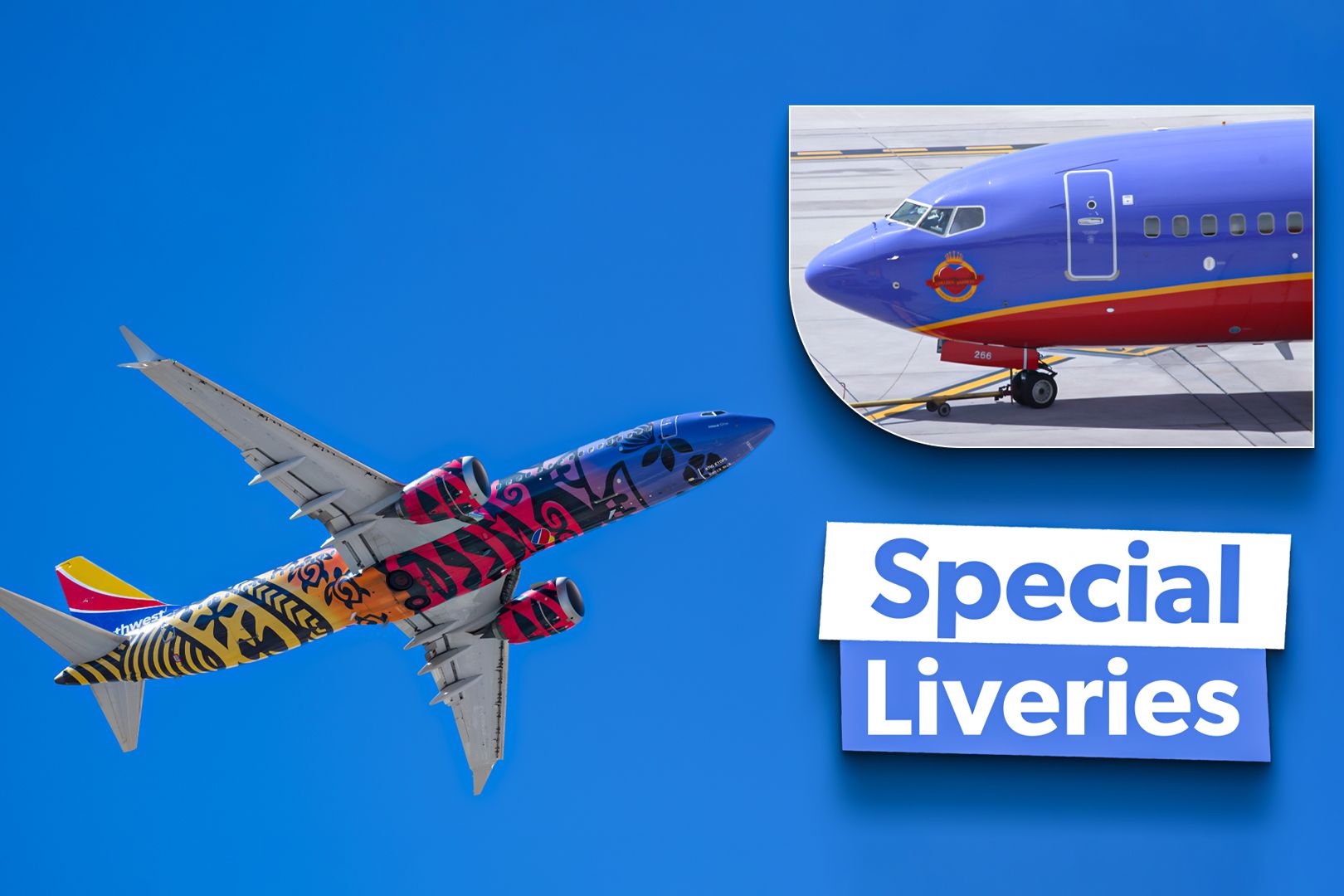
Related
Top 5: The Most Eye-Catching Special Liveries In Southwest Airlines’ Fleet
Southwest Airlines has more than 20 special liveries in the skies today – which ones make up Simple Flying’s Top 5?
Understanding the IATA designator
The International Air Transport Association (IATA) designates airlines with a specific IATA airline designator, or IATA reservation code, as a two-character code related to a particular airline. These designators were first issued in 1947 as two letters, which were then extended to include a letter and a digit (or vice versa) in 1982. Many airlines have taken to their country code (Air New Zealand – NZ), or a simple abbreviation (American Airlines – AA), to identify their airline.
SW for Southwest?
According to IATA, the IATA code is integral to the industry and crucial for the airline to identify itself, its destination, and traffic documentation. Additionally, they are fundamentally integrated into many electronic applications for passenger and cargo purposes.
At the time of registration for Southwest, SW was already in use by African carrier Air Namibia, so urban legend suggests that WN was chosen because Keller’s former legal secretary and later president of Southwest Airlines, Colleen Barrett, liked Wille Nelson. The truth, however, is that when the airline was formed, the letters WN were simply available, so Southwest Airlines took them and has used them ever since.
Air Namibia can trace its roots back to 1946, founded as South West Air Transport. It started operations in 1949, linking Windhoek to Grootfontein. By 1950, the airline started feeder services for South African Airlines before merging with Oryx Aviation in 1959.
At this time, the name South West Airways was adopted, which translated to Suidwes Lugdiens in Afrikaans, and IATA membership was gained later that year. Today, Air Namibia operates a modest network of international and domestic flights from its two hubs at Windhoek Hosea Kutako International Airport and a smaller domestic hub at Windhoek Eros Airport.
With Southwest Airlines going from strength to strength in the United States, the airline founder, Herb Kelleher, contacted Air Nambia in the 1980s in a bid to purchase the iconic SW code, to which the African carrier cheekily said ‘sure,’ but demanded an eye-watering amount to buy the code.
Herb didn’t entertain the conversation and waited until the following decade before asking again. Unfortunately, the asking price remained, and the Dallas-based carrier hasn’t attempted to repurchase the code.
Fast-forward to today, and Southwest demands attention in the skies above America. The airline operates more than 4,000 daily departures across the United States, Central America, and the Caribbean, employing over 66,000 staff.
How else can you get your hands on an already-used code?
Airlines can apply to IATA to claim an unused airline code if a carrier folded at least six months ago. Several examples of iconic IATA airline designators include Air Berlin’s AB, which Australian low-cost carrier Bonza adopted, and Continental Airlines CO, which was then taken by Cobalt Air, a Cypriot carrier looking to cash in on travel to the Mediterranean. Both of these new carriers have also since folded, so these designators could be up for use once again.
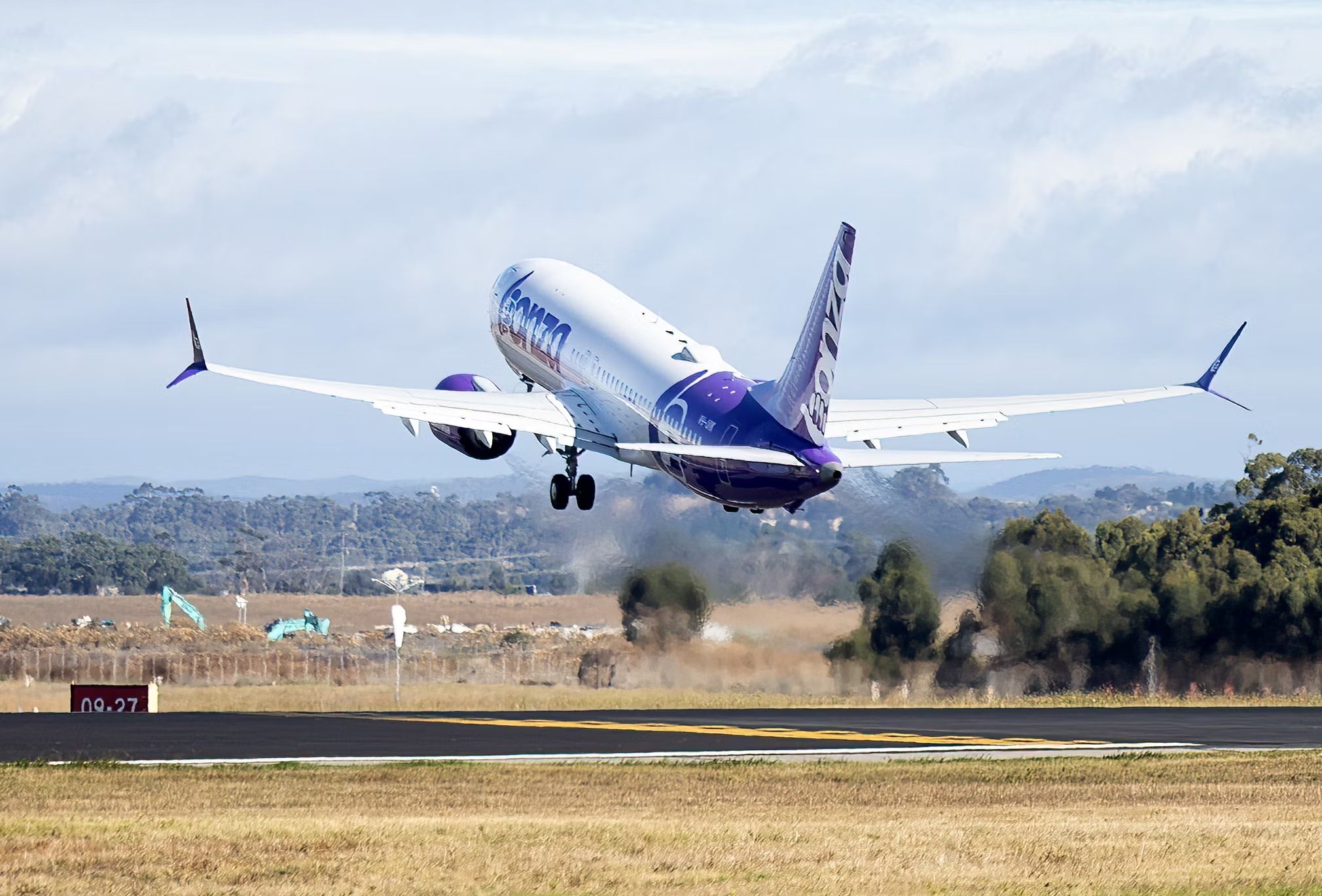
Related
Bonza Has No Planes No People And No Future
The collapse of Bonza seems inevitable now that its people have been fired, its planes are gone and no one wants to buy it.
Other unique airline designators
While an airline code should play no part in whether an airline will be successful, there are several iconic international carriers that may make us question their airline code examples of these include:
- Cebu Pacific: 5J
- AirAsia Philippines: Z2
- Spirit Airlines: NK
- easyJet: U2
- Wizzair: W6
- Wizzair Abu Dhabi: 5J
- Lucky Air China: 8L
Have you ever traveled on an airline with a unique code you can’t understand? Let us know your findings in the comments.
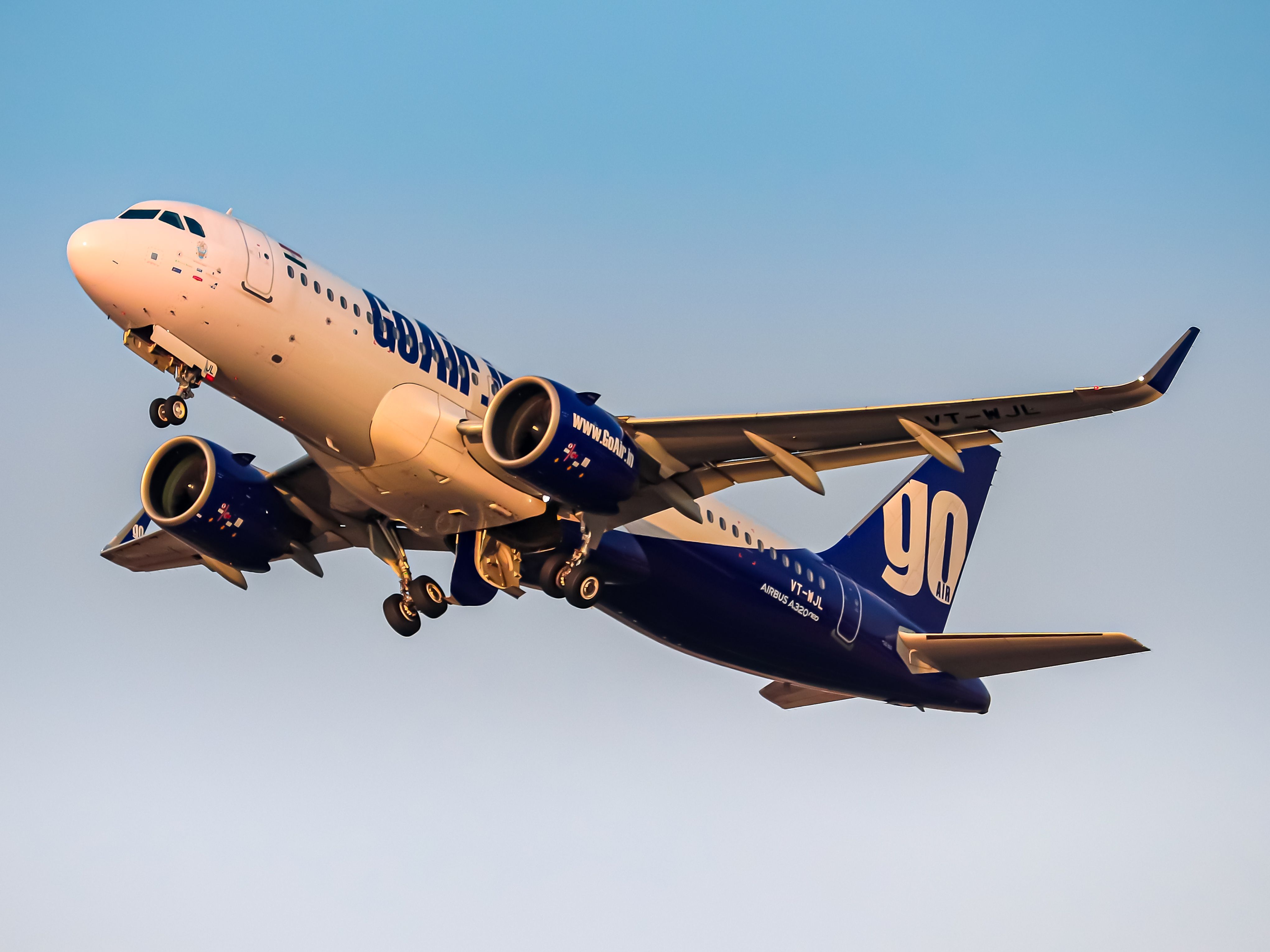
Related
India’s Go First & Jet Airways Lose Airline Codes
These codes are essential for an airline’s day-to-day operations.

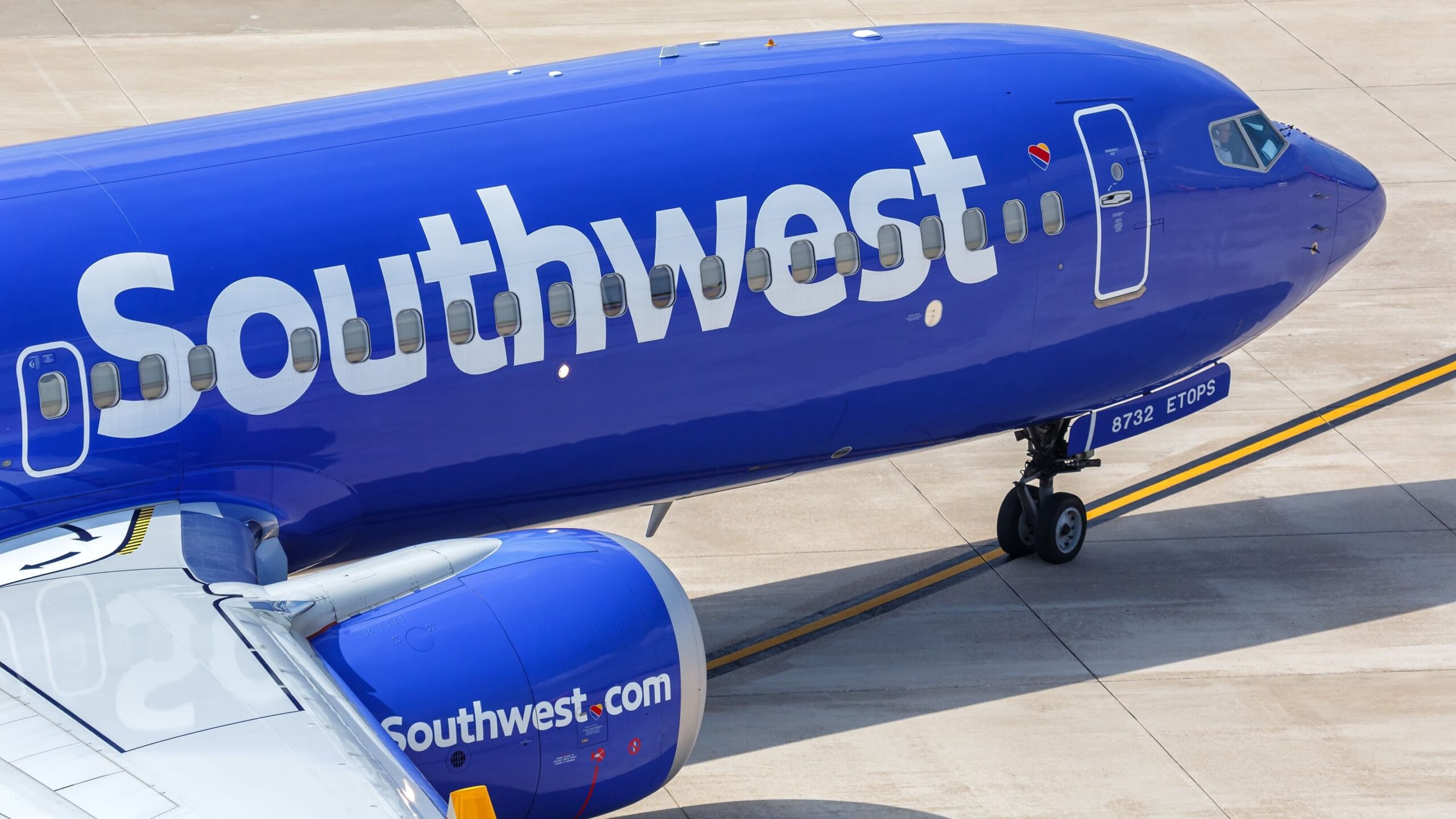
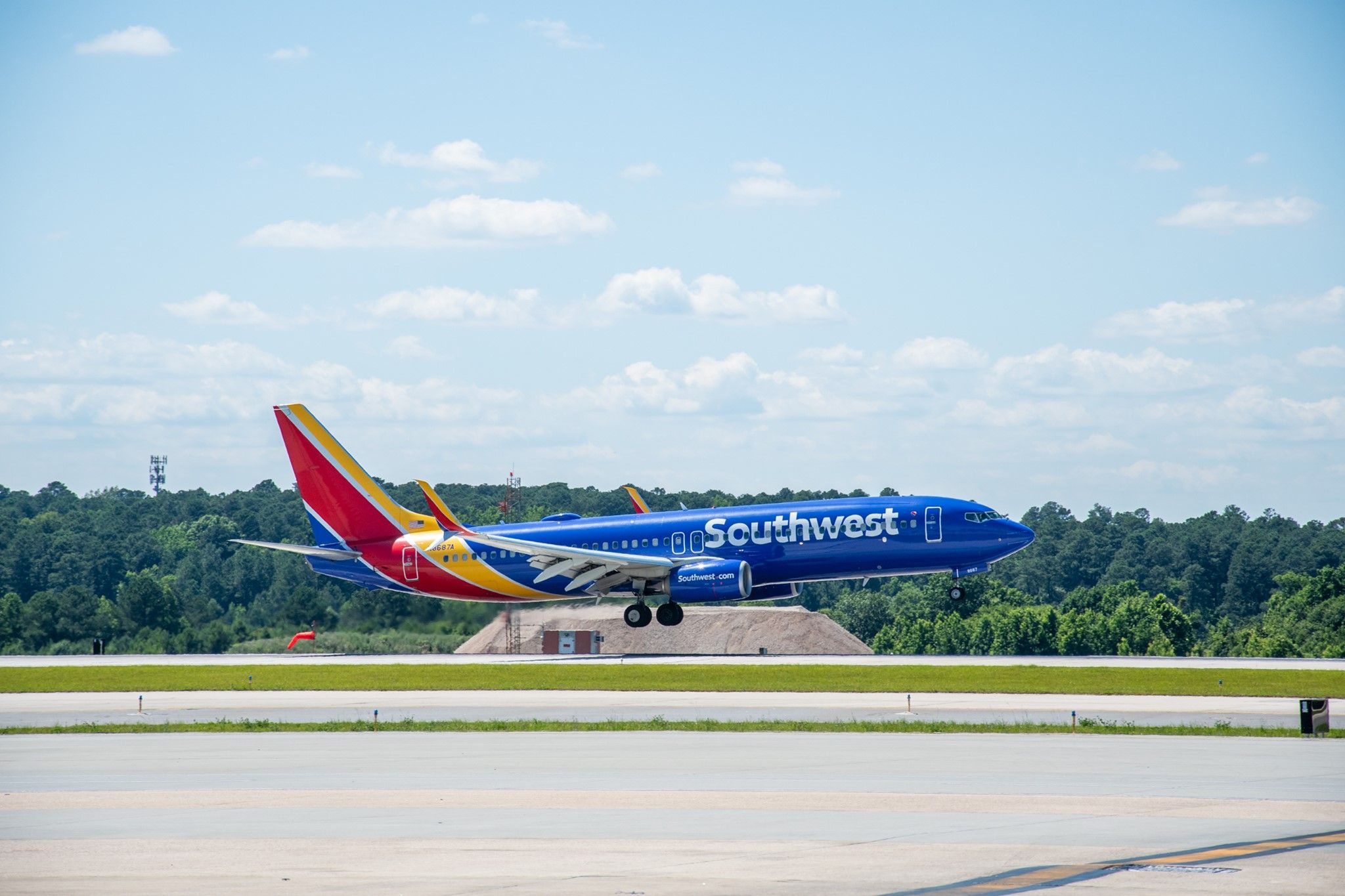
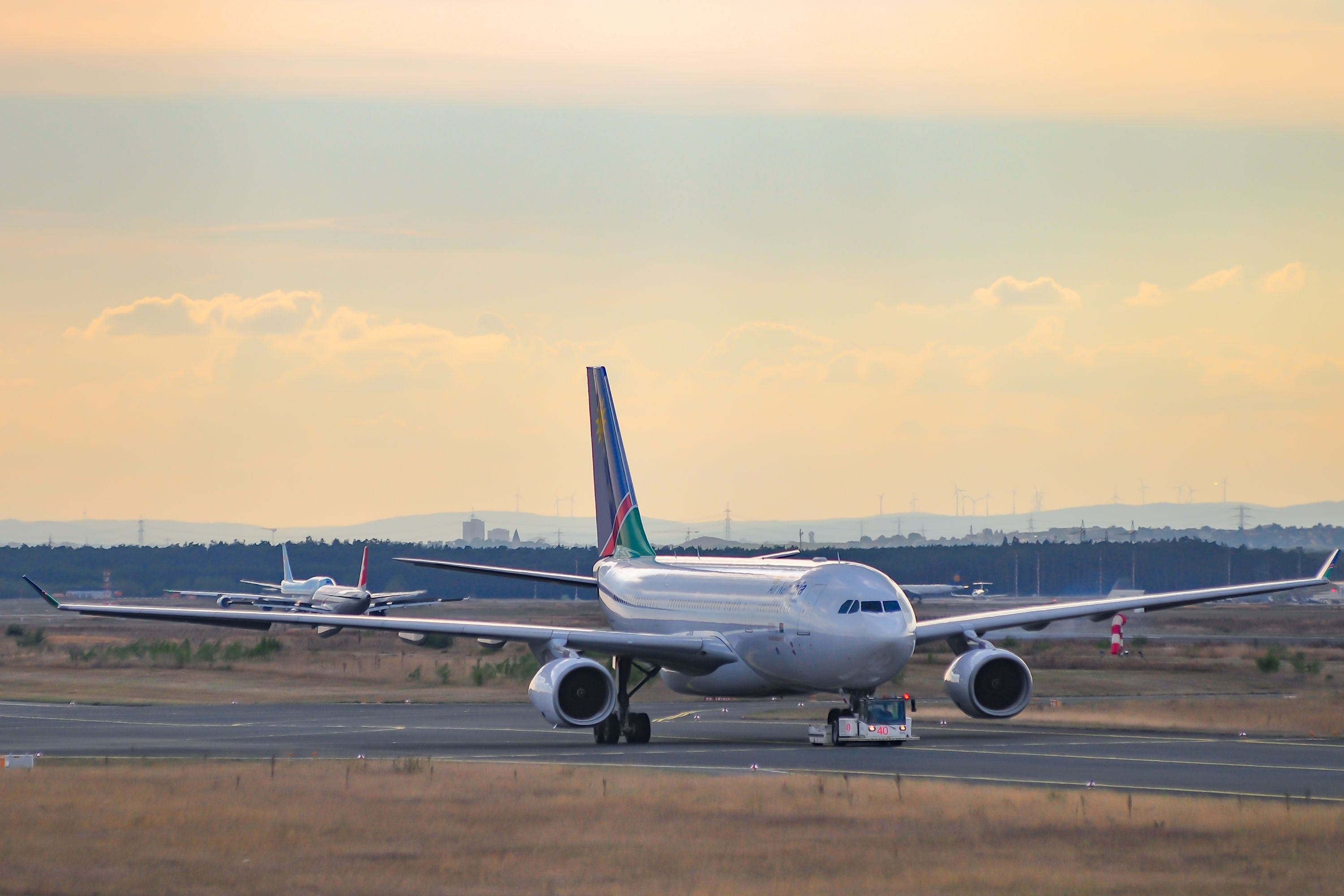
.jpg)